The Wild West conjures images of dusty towns, gunfights, and lawless adventurers. However, many of the stories we associate with this era are more fiction than fact, shaped by movies and pop culture. Let’s debunk some of the most persistent myths and offer a clearer view of what life was really like on the frontier.
Quick Draw Duels

Contrary to popular belief, the iconic quick draw duels at high noon were not a common occurrence in the Wild West. Most disputes were settled by lawmen or through less dramatic means. The image of two gunslingers facing off in the street is largely a Hollywood invention.
Lawless Lands

The notion that the Wild West was a lawless wasteland is exaggerated. Many towns had sheriffs and established laws that were enforced, albeit with some corruption. Most people lived ordinary lives and weren’t constantly entangled in shootouts or robberies.
Cowboys Wore Cowboy Hats

The iconic cowboy hat wasn’t as popular as movies suggest. Early cowboys often wore a variety of hats, including bowlers and derbies, suited to their personal style and practical needs. The broad-brimmed Stetson only became popular towards the end of the 19th century.
Saloons on Every Corner

While saloons were common in the Wild West, they weren’t on every street corner as depicted in films. Towns, especially smaller ones, might only have one or two establishments serving as social hubs. Saloons served as important community gathering places.
Tumbleweeds Are Native

Tumbleweeds, synonymous with the Old West, are not native to America. They arrived from Russia in the late 19th century. Their rapid spread and association with the West are due to their resilience and ability to thrive in disturbed soils.
Everyone Carried a Gun
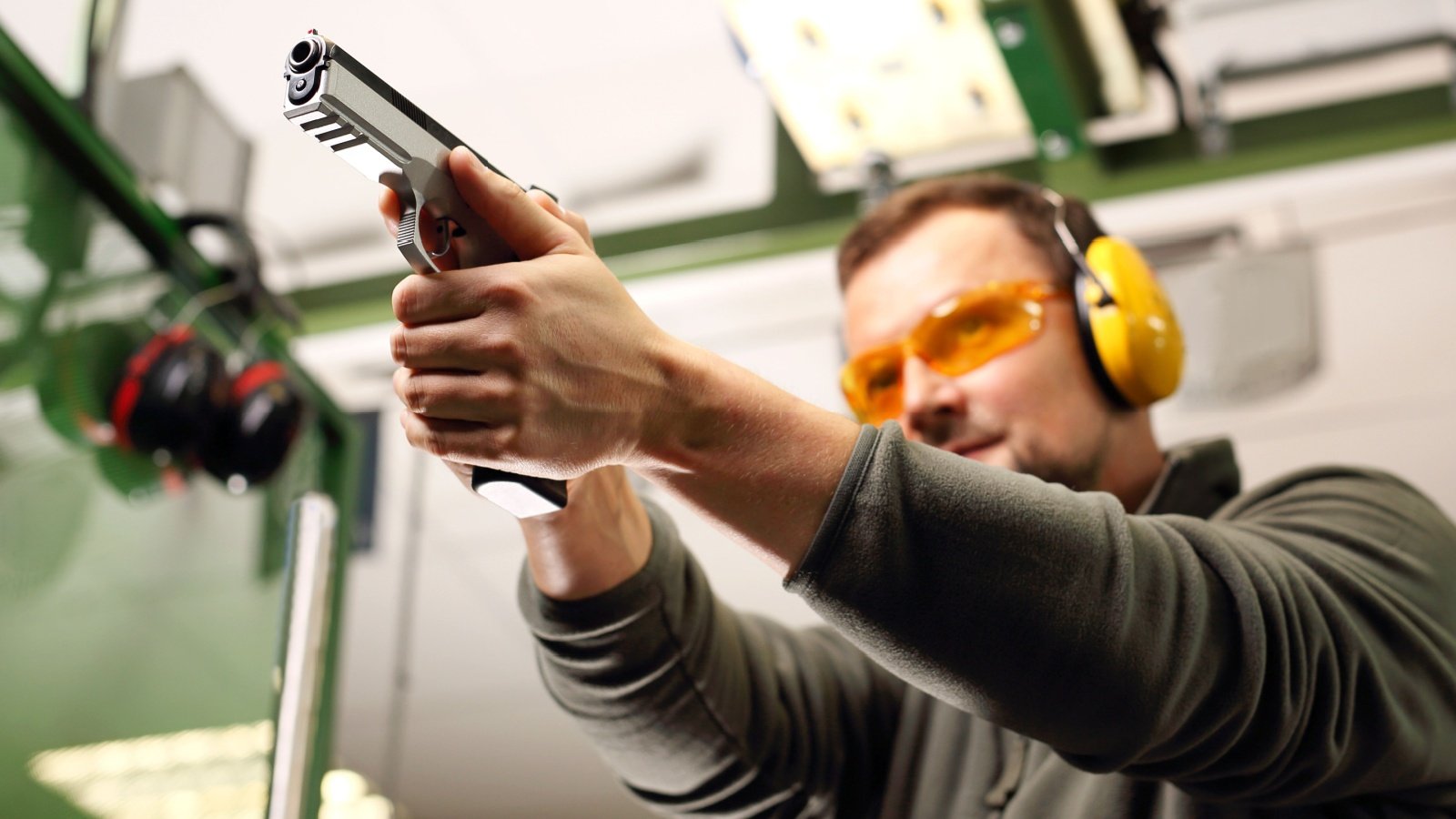
It’s a myth that everyone in the Wild West carried a firearm. While guns were prevalent, their ownership and carry were often regulated by local ordinances that varied significantly from place to place. Many citizens went about their daily lives without ever owning a weapon.
Cattle Drives Lasted Years

While cattle drives were a major economic activity, they didn’t last as long as some believe. Most drives took only a few months from Texas to railheads in Kansas, not years. The life of a cowboy was tough, but it wasn’t a never-ending drive across the plains.
Gold Rush Wealth

The Gold Rush is often romanticized as a surefire way to wealth. In reality, very few prospectors struck it rich. Most faced hardship and disappointment, with the real winners being those who sold supplies and services.
Native American Hostility
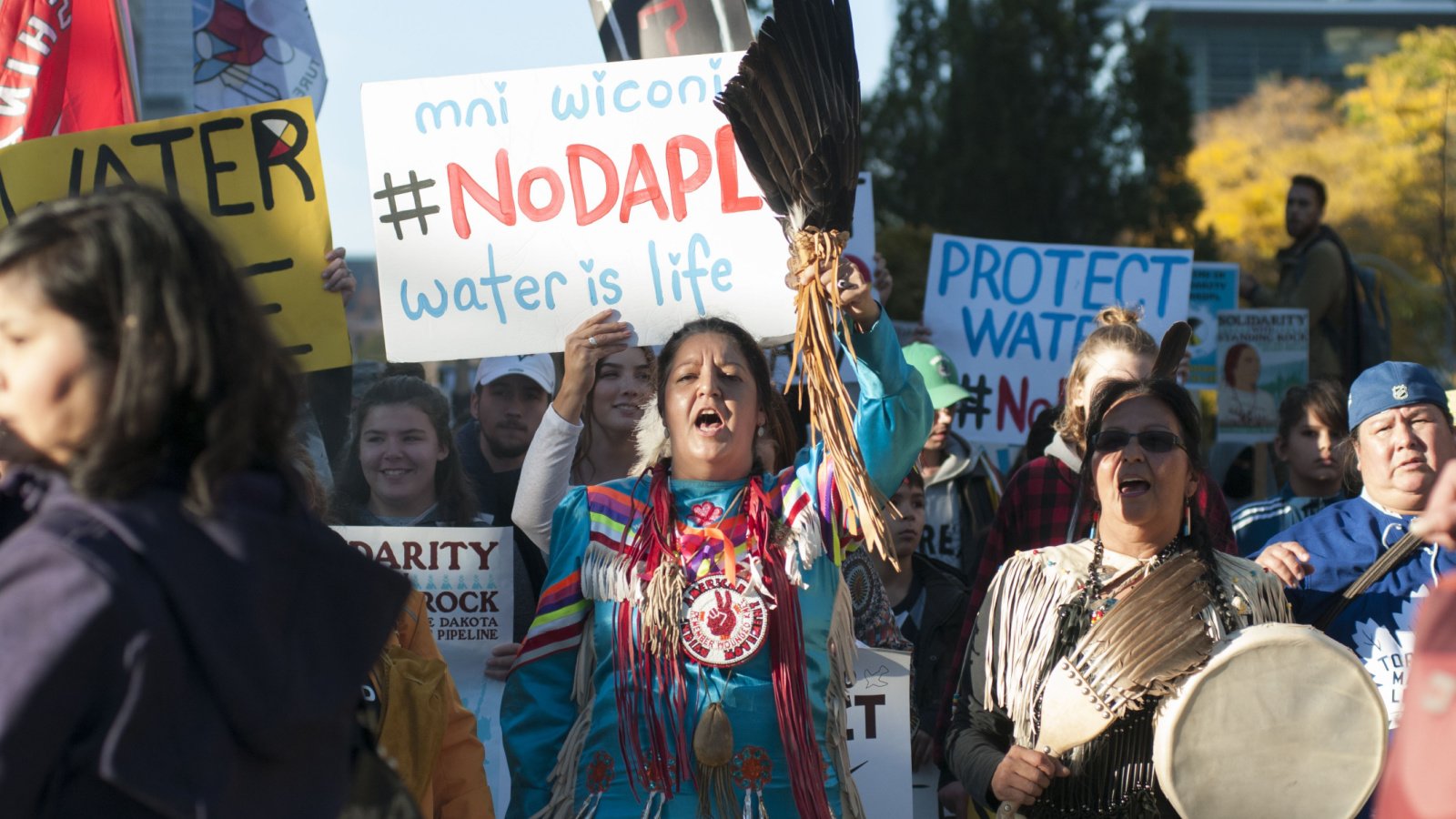
The narrative that Native American tribes were universally hostile is misleading. Relationships between settlers and Native American tribes varied widely, with many instances of cooperation and peaceful coexistence alongside conflicts.
Railroads Built Without Issue

The construction of railroads across the West is often depicted as a triumphant march of progress. The reality was fraught with financial difficulties, labor issues, and conflicts with Native Americans. The Transcontinental Railroad was a monumental achievement but came at a significant human cost.
Women Were Rare

The stereotype that few women lived in the Wild West is untrue. Women played vital roles and were integral to the settlement and development of Western towns. They ran businesses, worked on ranches, and were not merely background characters.
Desert Landscapes Everywhere

Movies often portray the West as primarily an arid desert. In fact, the geography of the Western United States is diverse, including mountains, forests, and fertile plains. The diverse landscapes supported a variety of lifestyles and economies.
Sheriff Heroics
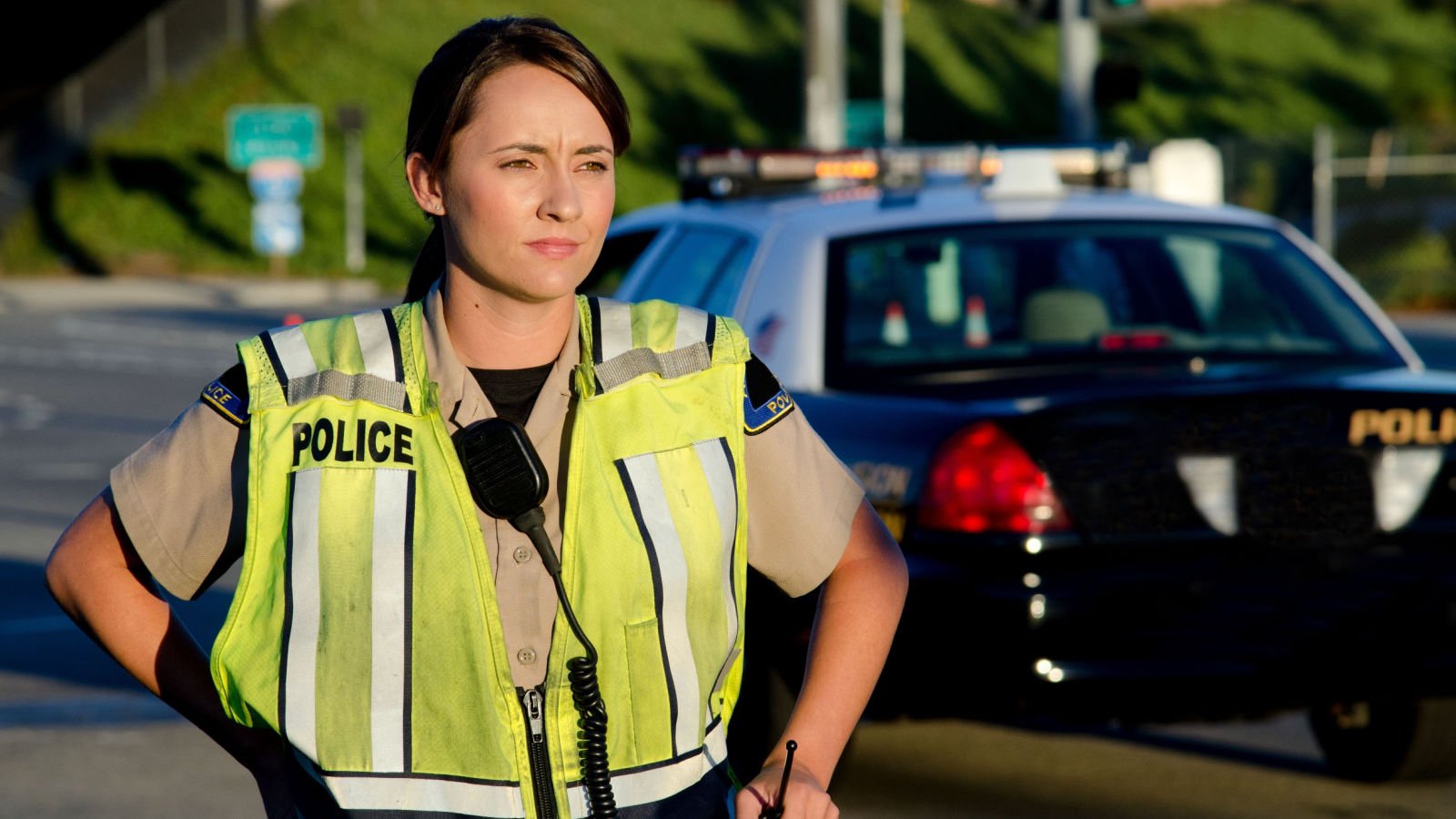
While sheriffs in Wild West films are often depicted as lone heroes who save towns from bandits, real sheriffs usually work with deputies and townsfolk. Law enforcement was a community effort, and sheriffs were elected officials who had to manage public relations as much as crime.
Bandana-Wearing Outlaws

The image of outlaws wearing bandanas to cover their faces is more myth than reality. While bandanas were common as protection against dust, using them during crimes was not as widespread as depicted.
Ghost Towns Left Behind
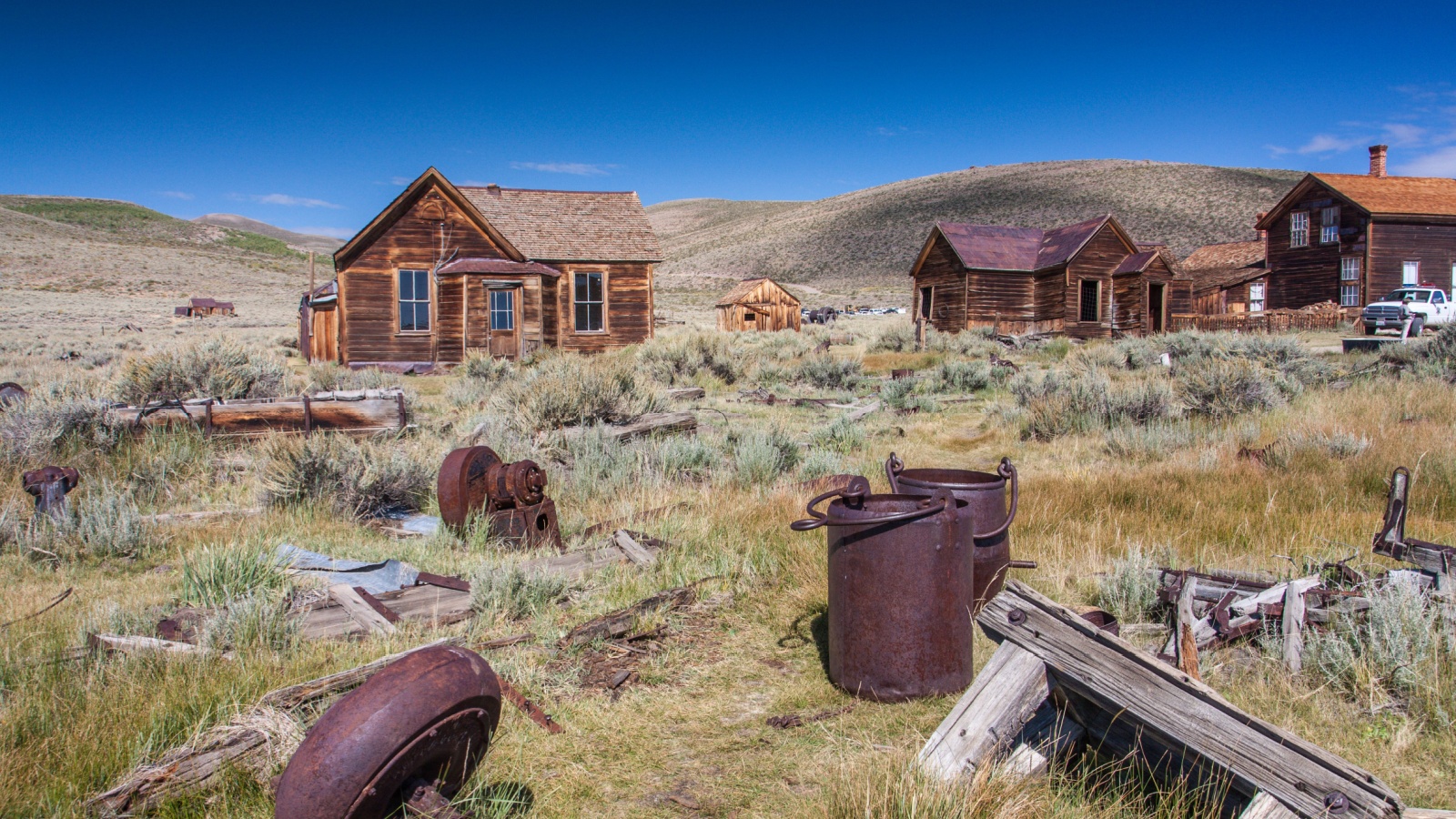
The idea that the West is dotted with ghost towns abandoned overnight is exaggerated. Many so-called ghost towns gradually declined as economic conditions changed, rather than being abruptly deserted. These towns often have complex histories of boom and bust cycles.
All Poker and No Work

While poker and gambling were popular pastimes, they weren’t the sole activity of everyone in the West. Many inhabitants were more concerned with farming, mining, and other forms of labor. Recreational activities were a small part of a broader working landscape.
Rugged Individualism Only

The myth of rugged individualism overshadows the cooperative spirit that was necessary for survival and prosperity. Communities often came together for barn raisings, harvests, and mutual protection. Collaboration was key to enduring the harsh realities of frontier life.
Vigilante Justice Ruled

Although vigilante justice did occur, it was not as common as movies would have you believe. Most communities strove for law and order and established formal legal proceedings fairly quickly.
Unending Frontier
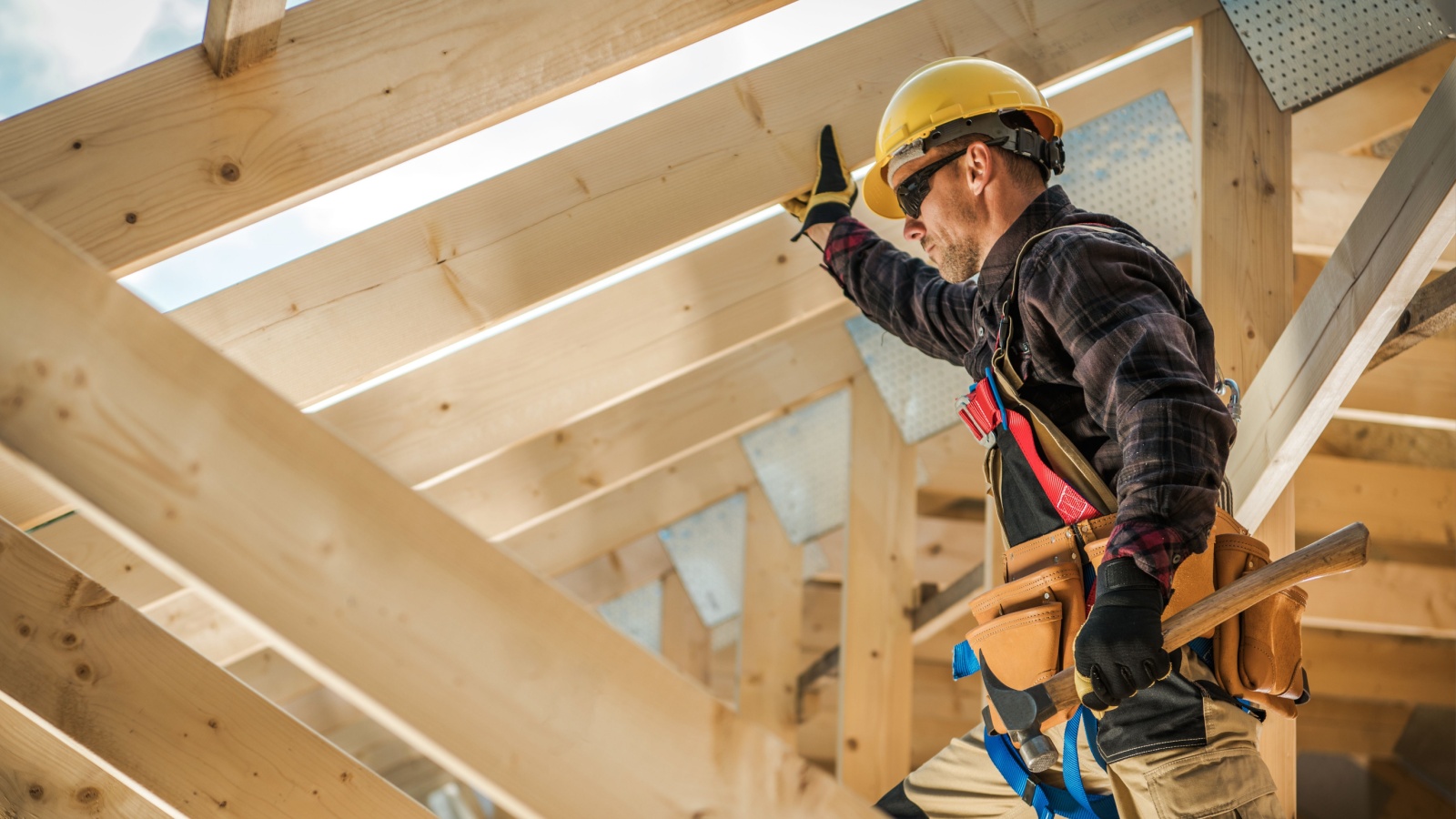
The notion of an endless, wild frontier is a simplification. By the 1890s, the U.S. Census Bureau declared that a discernible frontier line no longer existed, indicating significant settlement. The era of the “Wild West” was relatively short and had closed by the turn of the century.
Cowboys Were Always White

The portrayal of cowboys as exclusively white is inaccurate. Many cowboys were African American, Hispanic, or Native American, reflecting the diverse demographics of the West. These cowboys played crucial roles in the development of ranching and cattle driving.
Wagon Trains Constantly Attacked
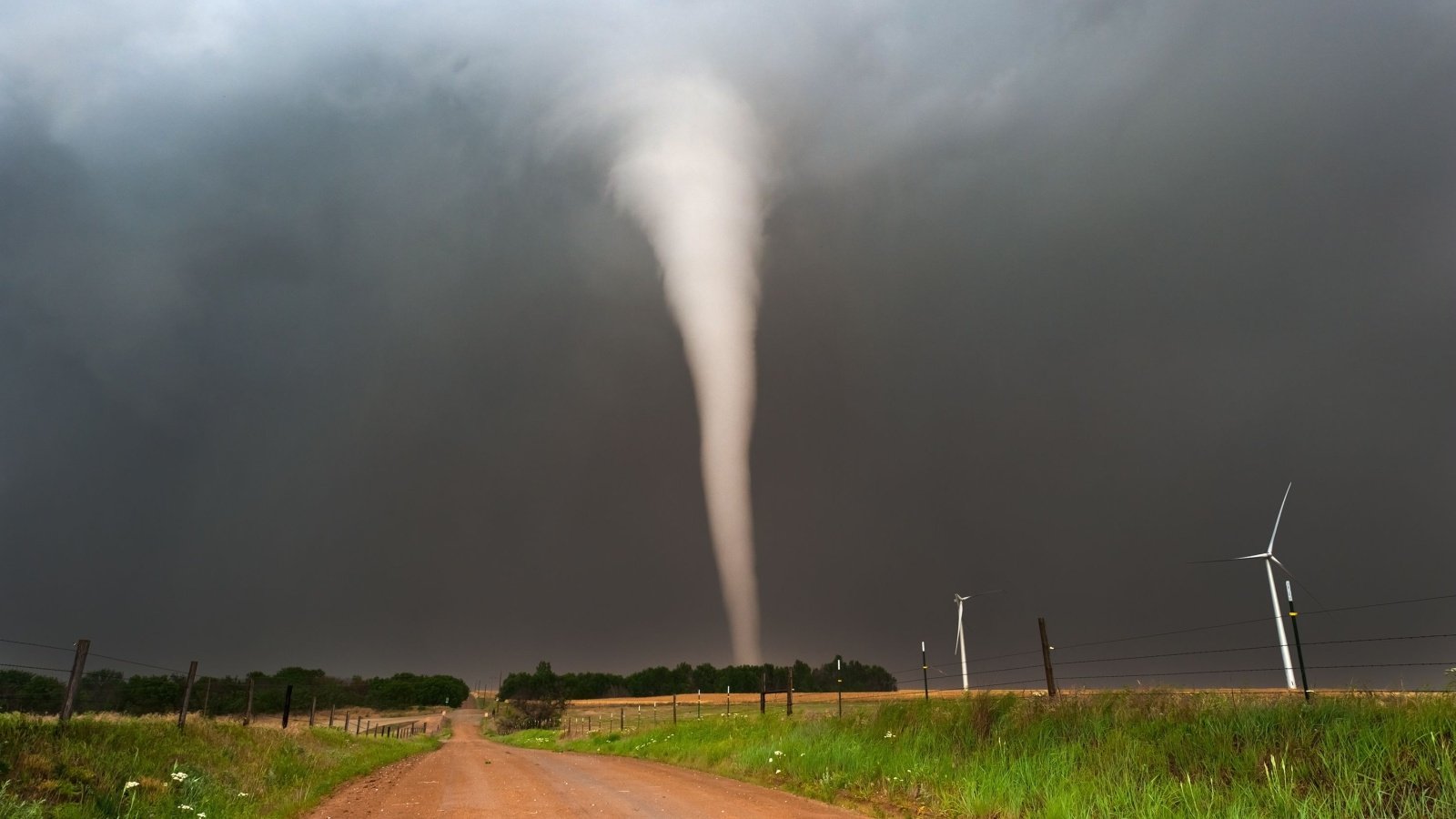
While wagon trains faced numerous dangers, they were not constantly under attack, as portrayed in films. Conflicts occurred but were not the everyday experience for most settlers heading west. The journey was arduous, more often marked by challenges of nature than by conflict.
Saloon Brawls Every Night

The typical saloon brawl wasn’t an everyday occurrence. While saloons were social centers and could become rowdy, the majority of nights were about socializing rather than fighting. Many saloon patrons simply enjoyed drinks, music, and games without conflict.
Unlimited Open Range

The concept of an unlimited open range is a romantic notion. Overgrazing and conflicts eventually led to the implementation of laws and fences, which structured land use and cattle ranching.







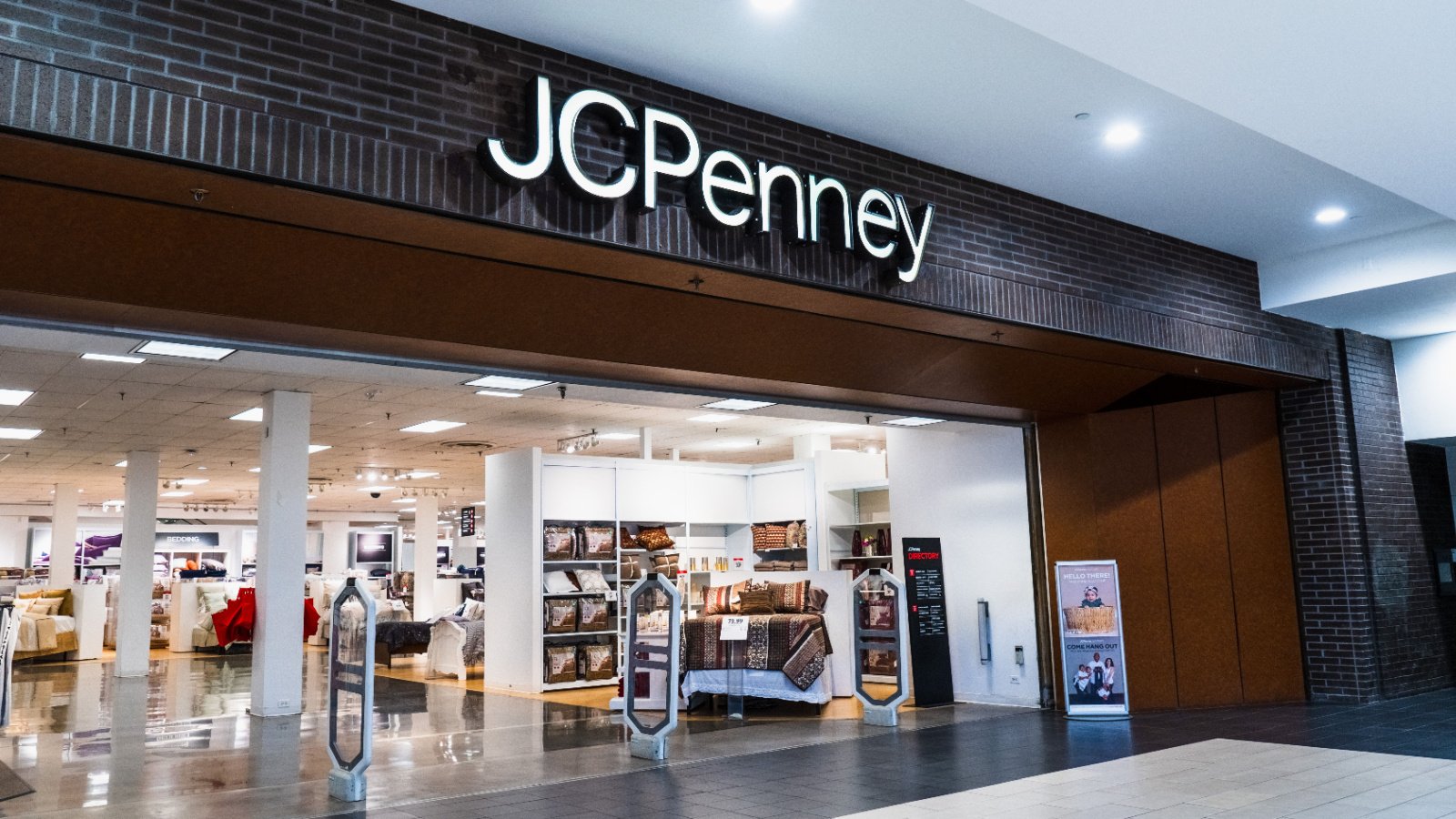
It’s very easy to fiund out anyy topic on web as compawred to textbooks, as I
found this piece of writing at thks web site. http://Boyarka-Inform.com/